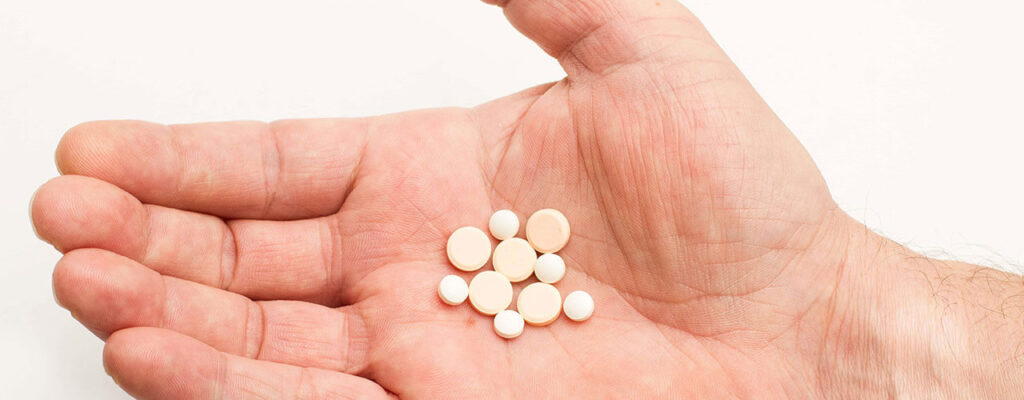Opioids Don’t Have to be the Answer for Pain Relief

Discover How Physical Therapy can Ease Your Pain the Natural Way
It is no secret that opioids are the main driver of the widespread drug crisis in America. In fact, according to the Centers for Disease Control and Prevention, an average of 130 people die from opioid overdoses every day here in the U.S. That’s why if you are living with chronic pain, it is understandable that you may feel frustrated and confused about your choices.
At our physical therapy practice, we stand with the Centers for Disease Control and Prevention and other professional organizations that recommend physical therapy and other alternatives to prescription opioids as the first lines for chronic pain management.
Many people simply do not realize how effective physical therapy can be in alleviating even the most stubborn pain symptoms—all without the need for drugs or invasive procedures. It has been proven that physical therapy can help you govern your pain without drugs, giving you a chance to break away from the risks that come with pain management drugs.
Discover for yourself exactly how physical therapy can help you feel (and function) better than ever before. Contact us today to learn more!
Did you know that opioid medications…
- Are associated with an increased risk of uncomfortable withdrawal symptoms and depression
- Only hide symptoms of pain—they don’t address the underlying causes, which makes opioids less cost-effective over time
- Can be highly addictive
5 reasons why physical therapy could be the risk-free solution you’ve been looking for
- Physical therapy addresses the body as a whole. When you see a physical therapist for pain relief, you’re not going to just get one type of treatment. You’ll receive multiple services that complement each other and enhance their overall effectiveness. The result? A cost-effective and comprehensive healing journey for you!
- Physical therapy enhances your overall wellbeing. Unlike many other healthcare providers who are limited on time, physical therapists have a lot of face-to-face interaction with their patients and can take the time to get to know their goals, demands, and preferences. This ensures that patients are engaged in their plans of care, educated about their health condition, and equipped with home exercises, stretches, and other lifestyle modifications needed to optimize results. Physical therapy is an active experience that puts you back in the driver’s seat of your own health.
- Physical therapy works to get your body moving comfortably. Research tells us that exercise is one of the best ways to manage chronic pain. But if a person is in so much pain they can barely get out of bed, how are they supposed to start exercising more? Enter physical therapy. Your physical therapist can manage your condition and other contributing factors (like range of motion limitations, tissue tension, weakness, and incoordination) that make exercise difficult. By helping you get more exercise—and showing you which exercises are best for you, as well as how to do them correctly—a physical therapist also helps you reduce the risk of other chronic diseases.
- All physical therapy methods and modalities are non-invasive, drug-free, and safe. Practitioners of physical therapy utilize tools like diathermy, dry needling, electrical stimulation, ultrasound, and other techniques to reduce pain, muscle spasms, inflammation, and more. The risk of side effects with these modalities is minimal to none, and unlike drugs they won’t pose the risk of dependency or withdrawal. They simply enhance your body’s natural self-healing capability (instead of just “masking” the pain). Through extensive training, a physical therapist can ensure these techniques are applied with the correct dosage (intensity, location, type, duration, and frequency) for optimal outcomes.
- Physical therapy promotes the healing process to ease pain and tension. A physical therapist is trained in techniques like joint mobilizations and manipulations, massage, myofascial release, Active Release Techniques, and Proprioceptive Neuromuscular Facilitation. These can trigger physical and physiological changes in the body’s connective tissues, central nervous system, lymphatic system, and more. These techniques have been proven to relieve pain and elicit healing responses that can keep pain from coming back.
Get started with physical therapy today
Whatever may be causing your chronic pain, physical therapy can help. Contact us today to schedule an appointment at our physical therapy clinic.
Don’t simply mask your pain with drugs—heal your pain from the source with physical therapy!
